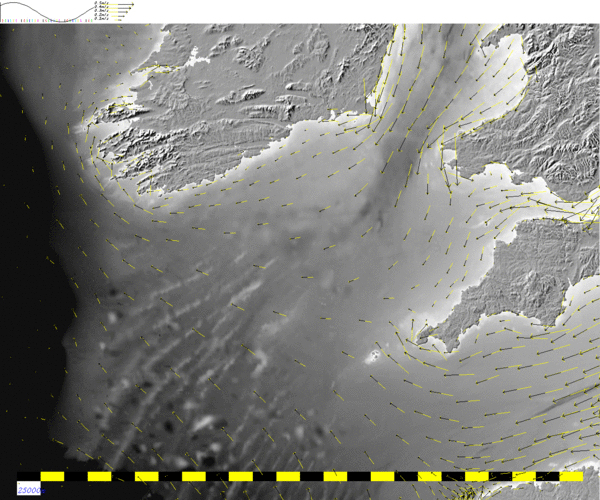
WebTide HRGlobal output of the M2 tidal ellipse patterns in the Celtic Sea
(note animation is backwards - the ellipse rotation is actually clockiwide in the Celtic Sea.)
| back to: Report Index |
ADCP
OS-75 Tidal Analysis RV Celtic Explorer Cruise CE17-01 Chief Scientist: Kevin Sheehan, MI July 22nd to August 6th 2017 |
John E. Hughes Clarke Anand Hiroji Jose Cordero Ros Center for Coastal and Ocean Mapping University of New Hampshire |

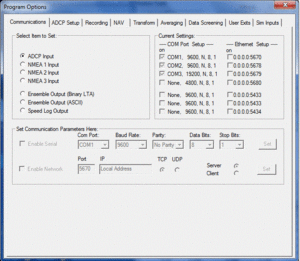 |
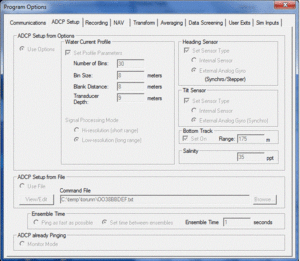 |
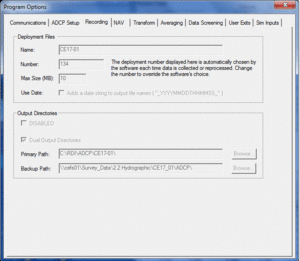 |
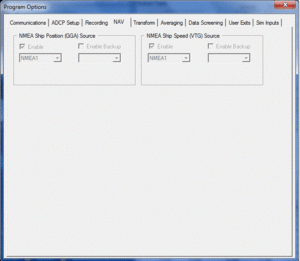 |
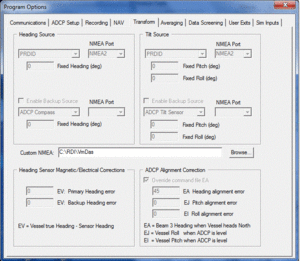 |
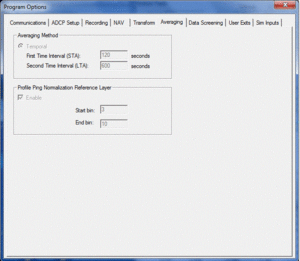 |
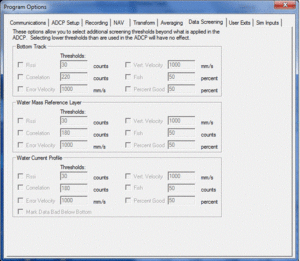 |
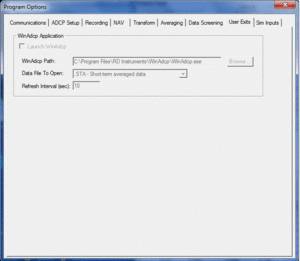 |
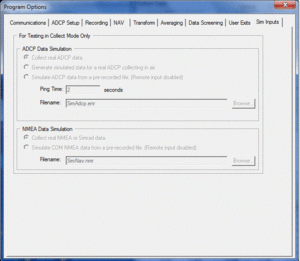 |
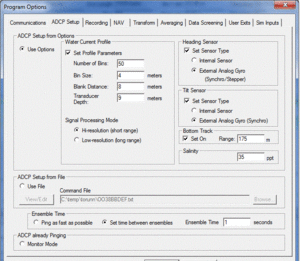 |
<<<<< what I think screen 2 (ADCP setup) should have been <<<<< |